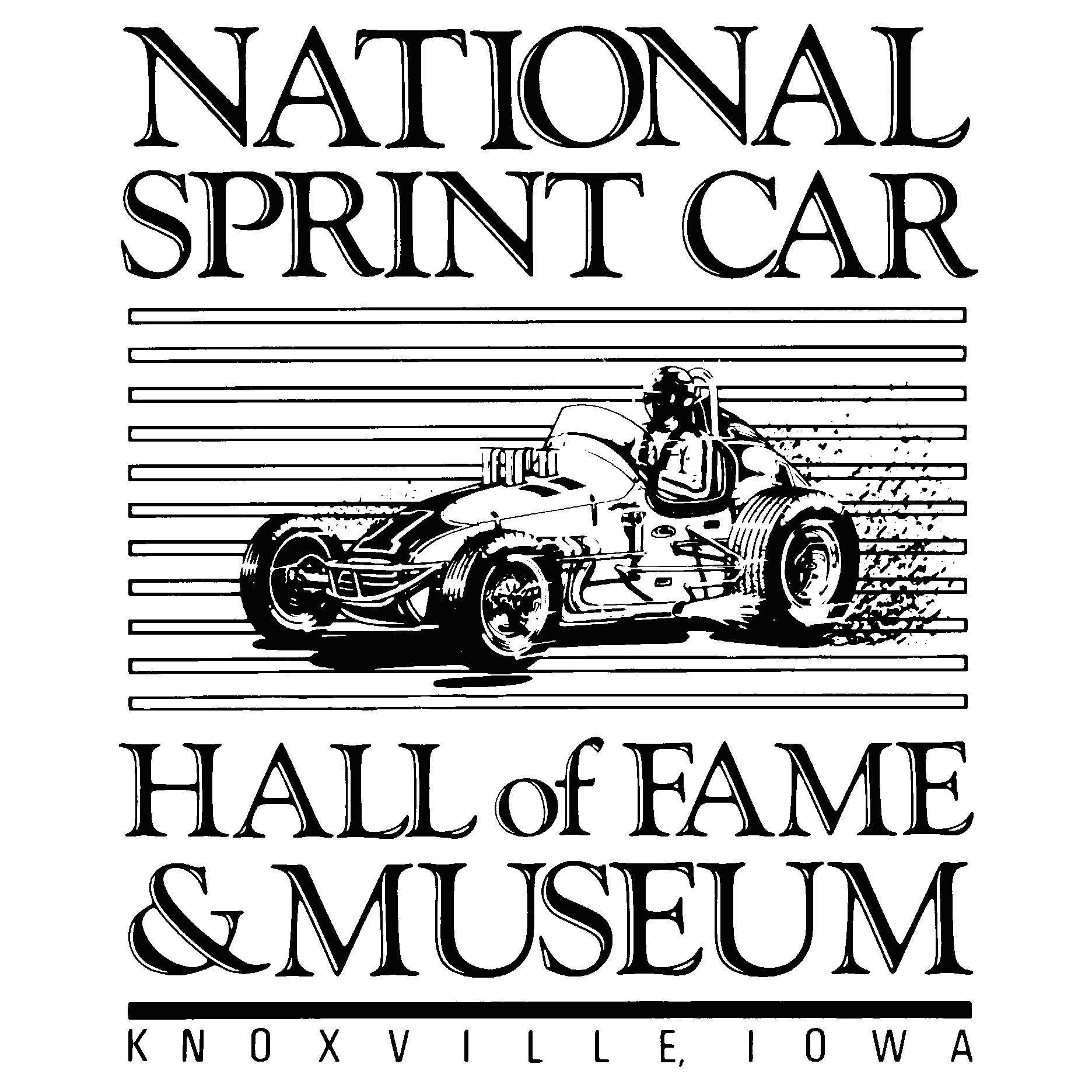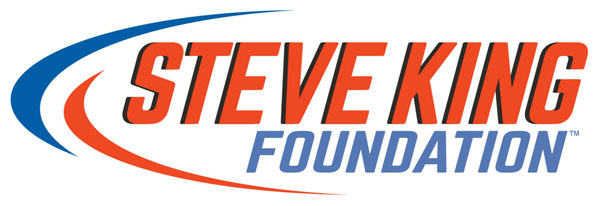NASCAR enters a new era of racing and there's no turning back
Photo by Stacy Revere/Getty Images
Kevin Harvick didn’t mince words on Friday at New Hampshire Motor Speedway.
The 43-year-old Monster Energy NASCAR Cup champion isn’t pleased with the new dynamic of racing.
Harvick, who has won 45 races during his 19 years on stock car’s greatest stage, believes the evolution of the rules package has contributed to a non-stop level of aggression throughout the field.
“If you drove like this 10 years ago, you’d have had a fist in your mouth,” Harvick said. “What changed were the rules and when every spot becomes that much more difficult to achieve, you have to defend the spots that you have because you know that you might not get it back, and you know that you have to block. Blocking is a part of what we do. Defending your position is a part of what we do.
“Heck, I had a blown motor last week, a broken engine and was only three-tenths (of a second) off the pace, so you’re talking about small amounts of time, especially on the mile-and-a-half race tracks, where you know if you can keep somebody behind you, and that comes with side-drafting and blocking and all those things that if they’re directly behind you, there’s no way they’ll pass you because of the aero.”
Denny Hamlin initially noticed a change during what he calls the “Brad Keselowski Era.” Keselowski’s rivalry was escalating with Carl Edwards when he won his first Cup race at Talladega Superspeedway in 2009. While tandem drafting with Edwards in the closing laps, Keselowski, who was running second, pulled out to make his move on the front stretch. Edwards blocked Keselowski and ended up in the fence.
In years past, Hamlin said he would have been more patient. With the current rules, there simply isn’t time.
“As the years have gone on, passing has become more difficult,” Hamlin said. “So everyone tries to do what they can to fight for every position, because they’re just assuming the caution could come out in the next lap.
“The last thing you want to do is let three cars go and you’re like, ‘I’ll come get you later. Well, it’s no given that you’ll be able to pass people now—even though you’re faster. What if you let somebody go and then the caution falls. Then you’re like, ‘Shoot.’ You have a bad restart. Next thing you know you’re 12 spots back.
“Everyone got a little bit smarter. You have to be more aggressive and give 100 percent every lap and you’re going to piss people off sometimes.”
If NASCAR awarded a driver for defending his position, Ryan Newman would win hands down. There’s no driver more difficult to pass than the driver of the No. 6 Roush Fenway Ford.
“The bumpers align much better than they used to,” Newman said. "When you hit a guy, it doesn’t turn him around. It’s easier to block someone now because you really don’t get turned around. Before, if you had done that, you would’ve got turned around. I still say the bumpers don’t need to line up the way they do. It’s made the racing less sensitive, you could say, just the way you can be more aggressive. It really doesn’t hurt you.
“I don’t race that way. That’s why everyone complains about me racing. They don’t complain about me blocking, they complain about me racing.”
As NASCAR has worked to achieve side-by-side racing with the current lower horsepower/higher drag and downforce package, drivers use every tool in their arsenals to gain or retain position.
“Everybody also has learned what puts the other guy in a bad situation and what doesn’t,” Chase Elliott said. “So, now everybody just takes advantage of those moments. If it’s side-drafting a guy down the straightaway or if it’s sticking it on his door; getting in the corner if you’re the outside guy. It’s just a lot of aero-game.
“I’m sure as the teams do a better job of keeping the cars lower to the race track all the way around the track, the cars drive different, and we all know the advantages of that from the driver’s seat. And I just think the air games are going to continue. I just think everybody has gotten smarter and everybody knows those are the things you have to do to pass or block or whatever. You’ve just got to do it.”
Seven-time Cup champion Jimmie Johnson believes the racing is more aggressive than ever. But when NASCAR introduced stage racing in 2017, the mayhem escalated to a whole new level.
“With each rookie who has come in over the last 10 years that kind of brought up the level of aggression,” Johnson said. “But for me, the huge step happened when we introduced stage racing. Now a break isn’t too far away and you can hold someone off. And track position is so damn important that I think stage racing is the start of it, then you add the Playoffs, the rules package, just the environment it just continues to ratchet up.
“Then the closing speed. Yes, the corner speed is high but the straightaway speed—where the blocks are taking place—that’s not very fast. So it’s pretty easy to have the nerve to be able to block there.”
Ricky Stenhouse Jr. has established himself as a fairly savvy superspeedway racer. He has won at both Daytona and Talladega. But without the budget of a Joe Gibbs Racing or Team Penske at Roush Fenway Racing’s disposal, the team has struggled to keep up with the top organizations on a consistent basis. For Stenhouse, it’s not just the car and the rules that have elevated the tension in NASCAR, it’s the off-track politics.
“I definitely think the cars and conditions play into how people drive and knowing that if you keep your track position, if you get track position on restarts, then you set yourself up for a way better finish and just running better,” Stenhouse said. “We’re all super-aggressive. I enjoy it, especially when I have a car capable of doing what I want it to do.
“I could see Kevin saying that because I feel like that was the mentality of the garage for a long time and I think just like every sport changes and I feel like now you’ve got a bunch of us that feel like we’re racing for our job every lap, so we go out and put it all on the line. I mean, it’s not a ‘Hey, here’s our 43-car field’ like back in the day. I think now there are people standing in line, some with money, that can come in and take your job if they want to, and so I think the whole mentality is just a little bit different from that aspect.”

.png)





